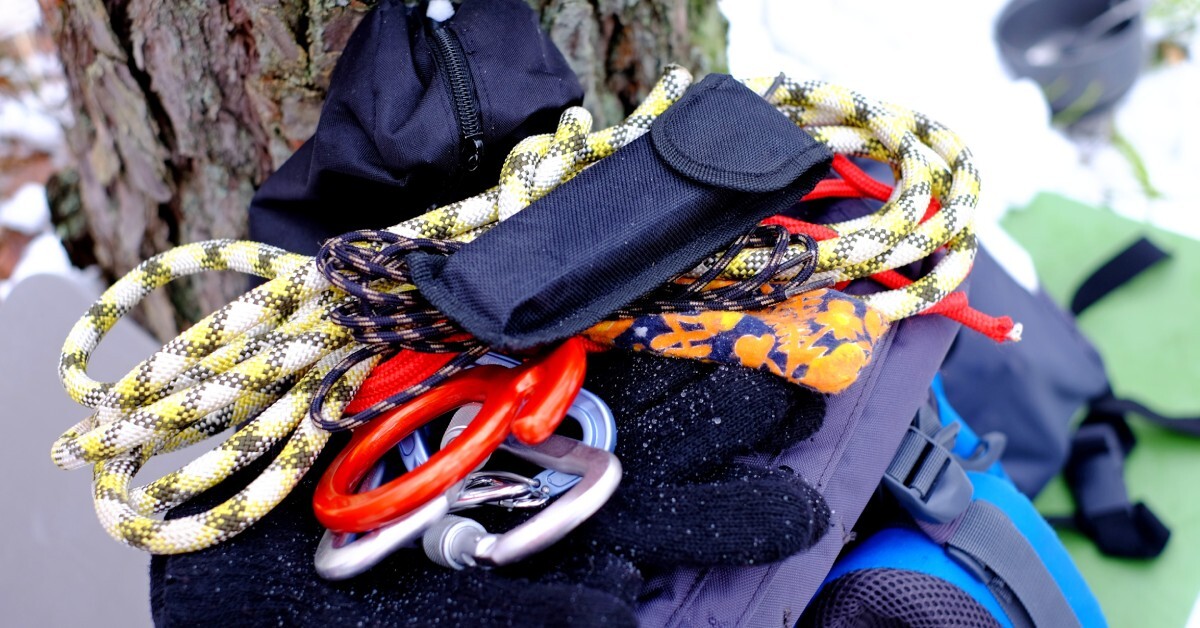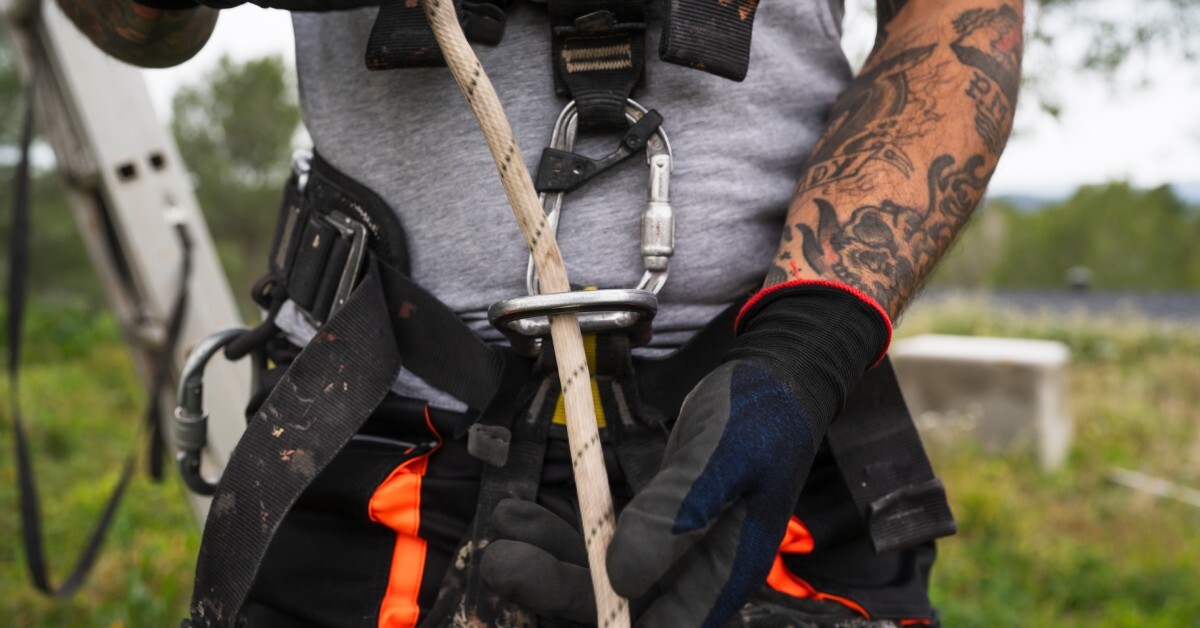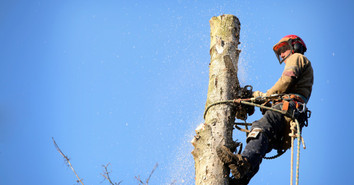Being an arborist means trusting your gear as much as you trust your skills. Whether you’re scaling a towering oak or carefully trimming a backyard maple, your harness isn’t just another piece of equipment—it’s your lifeline. A properly fitted and well-adjusted arborist harness boosts your comfort and helps you work more efficiently while you’re up in the trees. If a harness feels off, it can lead to distractions, aches, or even serious safety risks, and no one wants that when their feet are far from solid ground.
This guide is here to help you get it right. We’ll walk you through how to fit your arborist harness, adjust it to suit your body, and ensure that everything stays secure while you work. With a little know-how and some simple adjustments, you can focus on the job at hand without second-guessing the gear that’s holding you up.
The Importance of a Proper Fit
Wearing a poorly fitted harness isn’t just uncomfortable; it’s dangerous. A harness that’s too loose can cause awkward shifts while climbing, making you feel off-balance and exposing you to potential falls. One that’s too tight can restrict movement, increase fatigue, and even interrupt blood circulation.
Both scenarios lead to distraction, pulling your focus away from the job at hand and increasing risks when you’re already working under challenging conditions. Add long hours into the mix, and discomfort or improper fit can snowball into bigger problems like back pain, muscle strain, or even long-term injuries.
On the other hand, a properly fitted tree climbing harness transforms how you work. It provides stability and balance, allowing you to move naturally and stay focused on the climb. With the right adjustments, your gear becomes an extension of your body, making it easier to maintain a strong and efficient posture while minimizing aches and fatigue.
Proper fit also works wonders for ergonomics over time. By distributing weight evenly, your harness reduces strain on your back, shoulders, and joints, helping you stay healthier and stronger in the long run.

Step-by-Step Guide to Fitting an Arborist Harness
Step 1: Choose the Right Harness for Your Body Type and Work Style
Not every harness fits every body type, so take the time to find one that matches your size and build. Look for models with adjustable straps, padded waist belts, and cushioned leg loops to improve comfort during long climbs.
Some designs are built for highly mobile jobs, like pruning or tree inspections, while others focus on supporting extra gear for rigging or larger tasks. Think through what you’ll need your harness to do and ensure the design aligns with your work style.
Step 2: Adjust the Waistbelt
Your waistbelt is one of the most important areas to get right, as it carries a significant part of your weight. Place it snugly above your hips, where it won’t slide down when pressure is applied. Tighten it so that it’s secure but still lets you breathe easily and move comfortably.
One quick test to check this is slipping two fingers between the belt and your waist. If they slide in easily but meet firm resistance, you’ve likely found the right balance. Avoid overtightening, as it could pinch or pull on your body during work.
Step 3: Tighten Leg Loops and Shoulder Straps
Many climbers underestimate the importance of leg loops, but these straps are vital for distributing weight and stabilizing your position. Adjust them until they fit snugly around your upper thighs, without sagging or cutting into your leg when you squat or sit in the harness. Poorly adjusted leg loops can cause uneven weight distribution, leading to exhaustion more quickly.
Once your leg loops feel right, move on to your shoulder straps. These provide added security, but they should never bear the load during climbing. Tighten them enough to hold the harness in place without creating tension across your shoulders. Properly adjusted straps help the harness work as a unit, so there’s no shifting or awkward pulling as you climb.
Step 4: Double-Check Connection Points and Support Loops
Before declaring your adjustments done, inspect every connection point, buckle, and loop on your harness. Make sure all straps lie flat without twisting or bunching, as this could create extra pressure in spots and cause discomfort. Clip-in points should be snug against your body, and buckles should lock in place firmly.
Additionally, review where your tools or accessories are attached to the harness. Bulky or poorly positioned gear can throw off your balance or interfere with your range of motion.
Step 5: Perform a Harness Safety Check
Attach yourself to a low anchor point and add weight to your harness by applying pressure or briefly suspending yourself. Pay close attention to how the adjustments hold up under this test. Does the waistbelt stay secure? Are your legs supported evenly?
Look for areas that dig in or feel too loose and make final tweaks accordingly. This last step gives you confidence that your harness will perform reliably when every second matters.

Common Mistakes To Avoid
First off, don’t wear your harness either too loose or painfully tight. A loose harness may feel less constricting but sacrifices safety, while an overly tight fit turns into a distraction or, worse, a source of pain.
Another mistake is failing to pick the right harness type. Work-positioning harnesses and fall-arrest harnesses serve different purposes, and wearing the wrong one can limit your mobility or create hazards. Always choose the right design for the job ahead.
Don’t forget about periodic fit checks. Adjustments made in the morning can loosen as the day progresses. Layers of clothing also affect fit, especially when transitioning between cold mornings and warm afternoons. Neglecting to recalibrate for these changes can leave you uncomfortable or at risk.
Final Thoughts
Fine-tuning your arborist harness might not be the most exciting part of your day, but take those extra moments to get it right anyway. Every adjustment you make is an investment in your safety, comfort, and ability to stay fully present while you work aloft. A well-fitted harness also boosts your confidence, letting you focus on the art of climbing, pruning, or whatever your task may be.
Next time you gear up, take those few extra minutes to really dial in your adjustments. Get familiar with how your harness feels when it’s snug, balanced, and working with you—not against you. Your future self, whether it’s at the end of the workday or 10 years down the line, will thank you for making comfort and safety a top priority.

